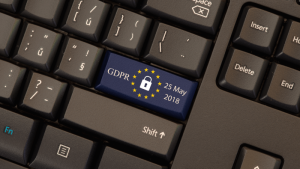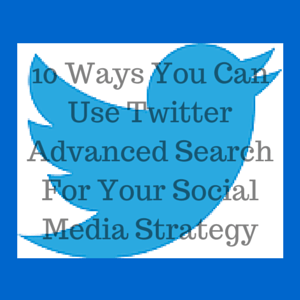Unless you’ve been living under a rock, you probably heard about Facebook’s announcement that certain detailed targeting options will be sunset in early 2022.
Here’s a quick review of the news straight from Facebook:
“Starting January 19, 2022 we will remove Detailed Targeting options that relate to topics people may perceive as sensitive, such as options referencing causes, organizations, or public figures that relate to health, race or ethnicity, political affiliation, religion, or sexual orientation.
Examples include:
- Health causes (e.g., ‘Lung cancer awareness’, ‘World Diabetes Day’, ‘Chemotherapy’)
- Sexual orientation (e.g., ‘same-sex marriage’ and ‘LGBT culture’)
- Religious practices and groups (e.g., ‘Catholic Church’ and ‘Jewish holidays’)
- Political beliefs, social issues, causes, organizations, and figures ”
While some are supportive of this change, other marketers are concerned about the implications for companies that leverage this targeting in light of an already rapidly changing advertising landscape. Cause-based organizations, political parties, healthcare brands, and many others will need to change tack in how they communicate with their audiences.
In the same announcement, Facebook also teased that they’re working on additional Ad Controls to enable users to see fewer ads related to gambling, weight loss, and other unspecified categories. They also reminded marketers that users currently have the ability to see fewer ads related to politics, parenting, alcohol, and pets.
So why’d they do it?
This latest announcement comes on the heels of escalating public scrutiny, FTC antitrust suits, and steadily increasing concerns around consumer privacy. Not to mention a huge rebrand. Facebook, er, Meta has had a busy few years.
In the announcement, Facebook states that they “heard concerns from experts that targeting options like these could be used in ways that lead to negative experiences for people in underrepresented groups.” While this move might pose a challenge for advertisers who use these detailed targeting options benevolently, Facebook’s move also removes the possibility that they will be misused.
Especially in a time of heightened scrutiny, it makes sense why Facebook would prioritize reducing the possibility of perceived negative experiences on the platform. Continuing to make Facebook an attractive option for social media users works in advertisers’ best interests as well.
What Advertisers Can Do (And How Marin Social Can Help)
Facebook’s announcement comes with several suggestions:
- Leveraging Engagement Custom Audiences to capture relevant intent on Facebook-owned properties. Targeting users who currently like your page or users who watched one of your videos in the news feed are a few examples. Facebook also suggests using these audiences as a seed list to create a lookalike audience.
- Website Custom Audiences can still be used to target customers who interact with a company’s website (and can also be used as a seed list for a Lookalike Audience).
- Location targeting is suggested to help brick-and-mortar retailers reach customers around their locations.
- Customer lists are a great way to connect with customers (if you have their permission to do so). Try segmenting your customer lists and customizing messaging to get the most out of using customer lists.
(28)






